
Cold, dry and permeated with high levels of ultraviolet radiation, the alpine climate at high altitudes are the least suitable environment for plants to grow. However, there is a group of tough plants that can survive in this harsh environment – the alpine plant.
Located in northeastern China's Jilin Province and the border of the DPRK, the top of the Changbai Mountains is covered with snow throughout the year. The alpine plants here, usually short and full of tomentum – fine hairs on leaves and stems – thrive along the slopes of the mountain.
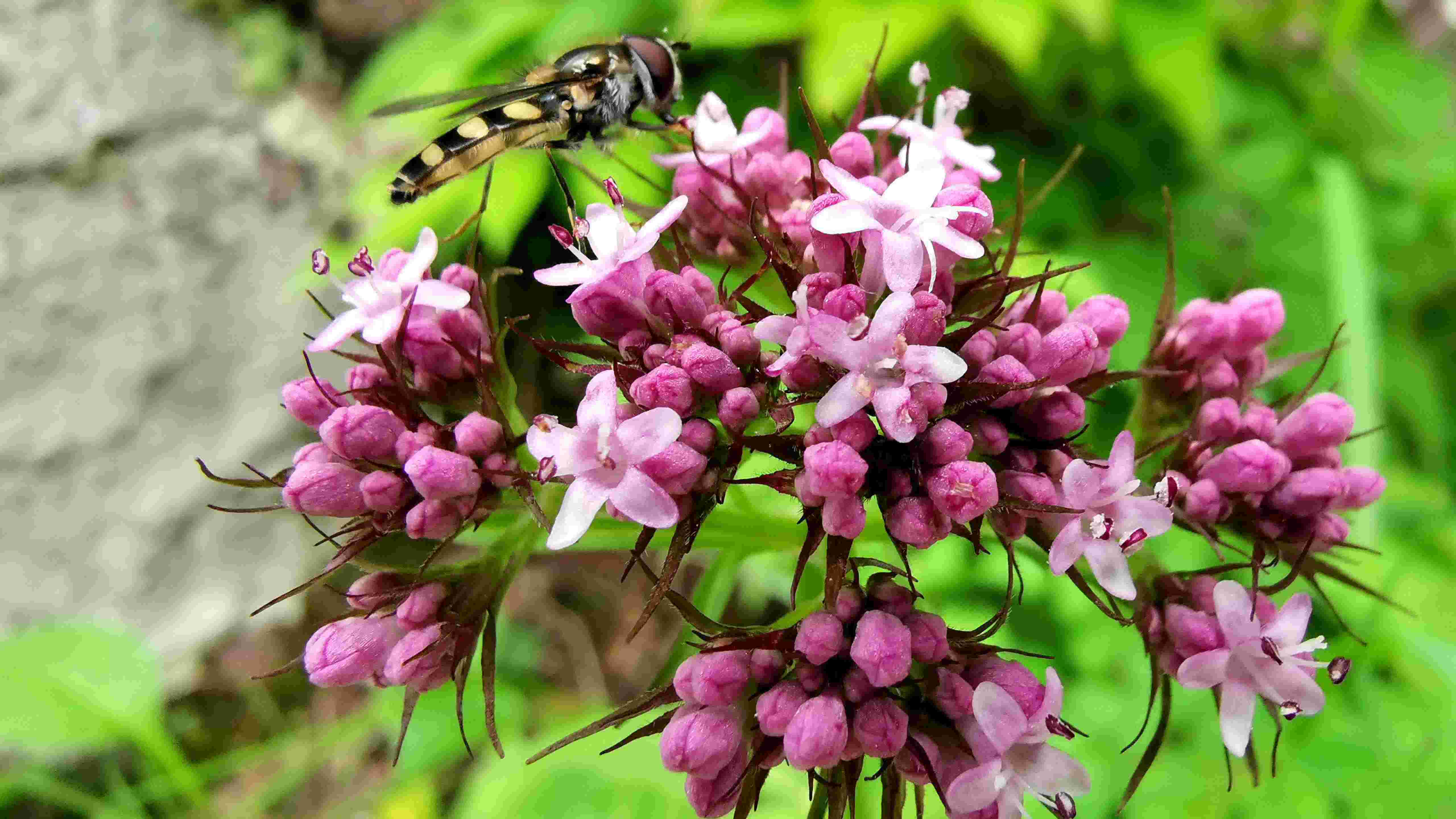
A bee is collecting nectar from the Amur Valerian. /CGTN Photo
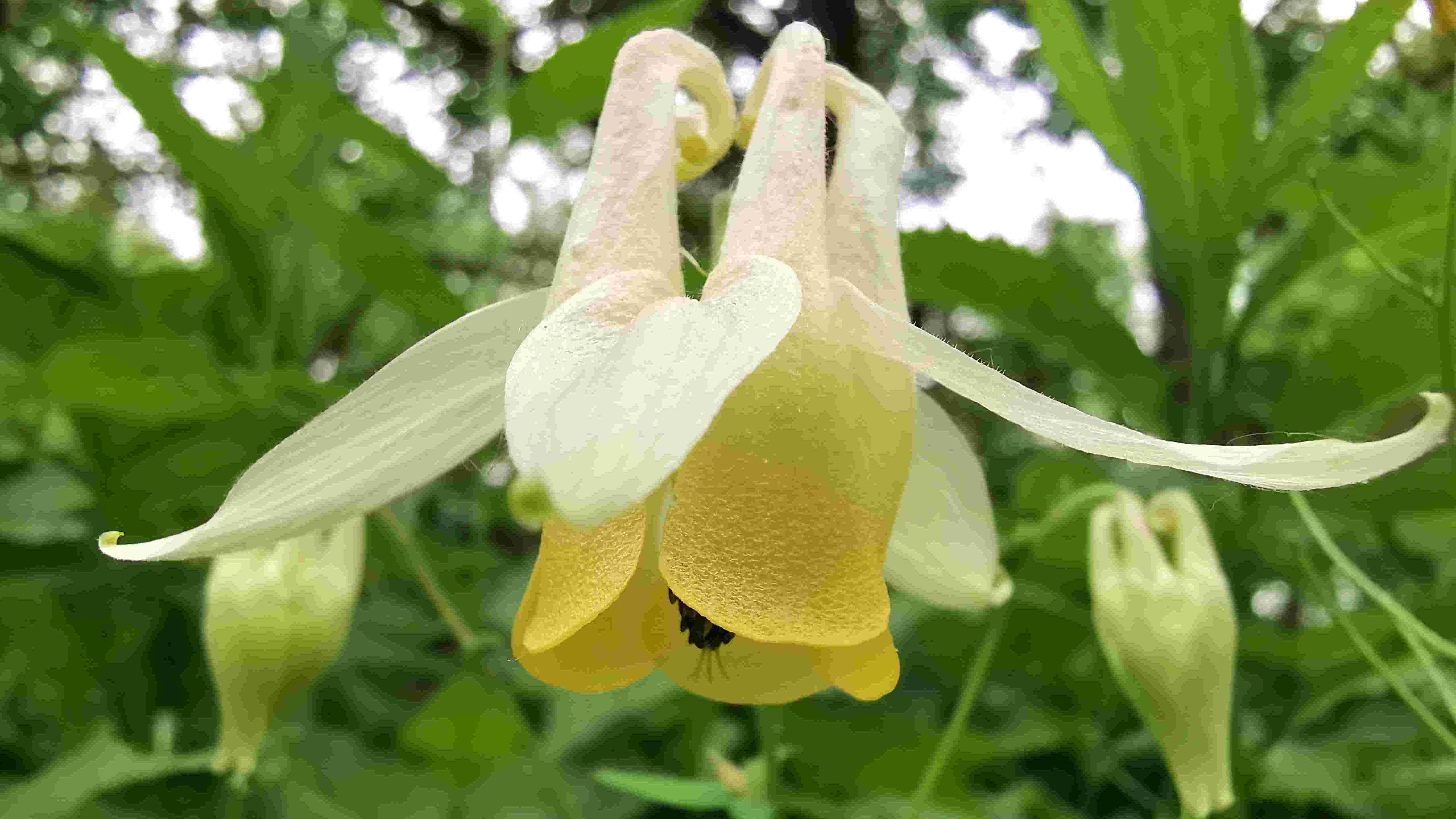
Close-up of an early columbine. /CGTN Photo
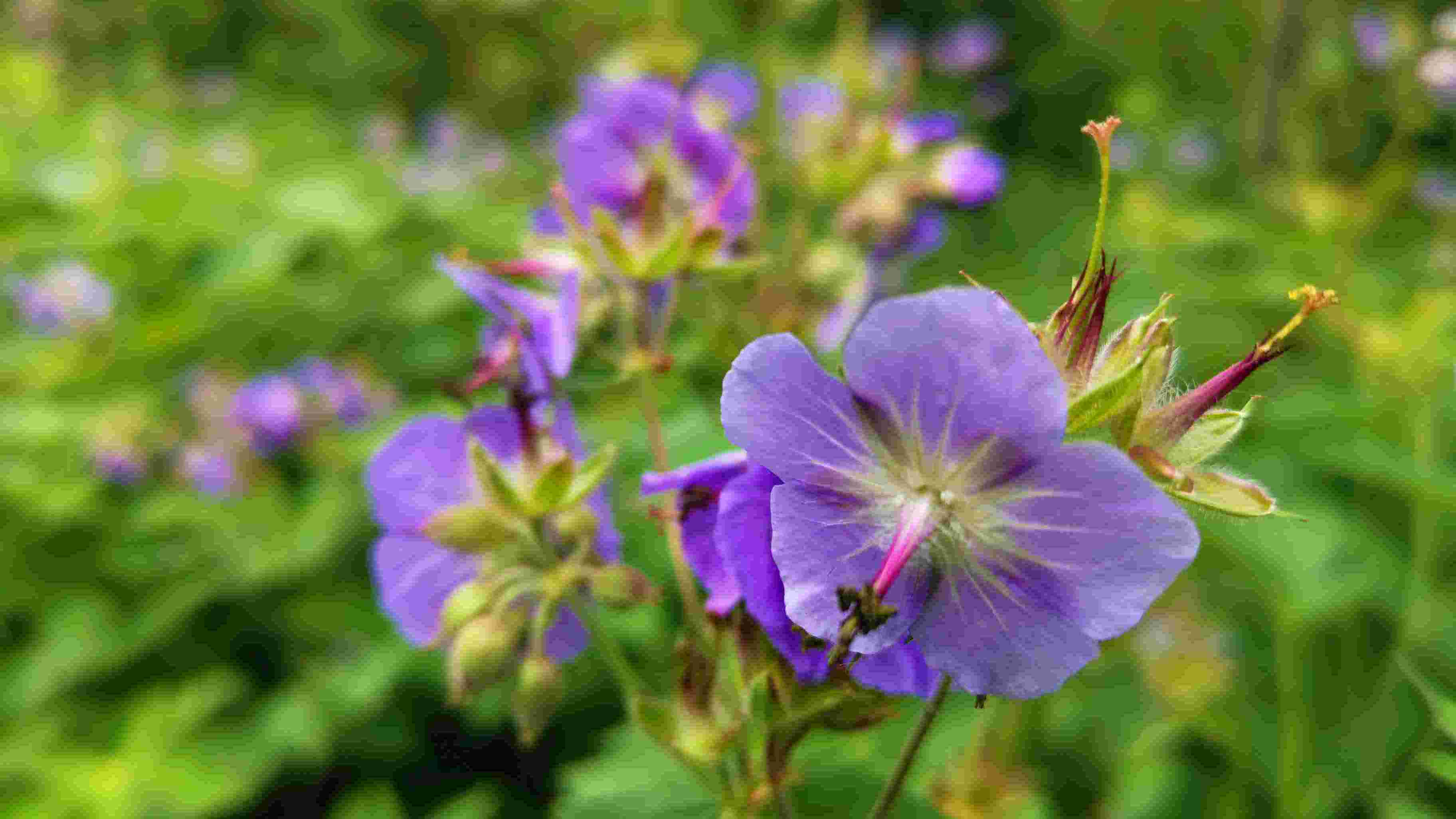
Close-up of the broadflower cranebill. /CGTN Photo
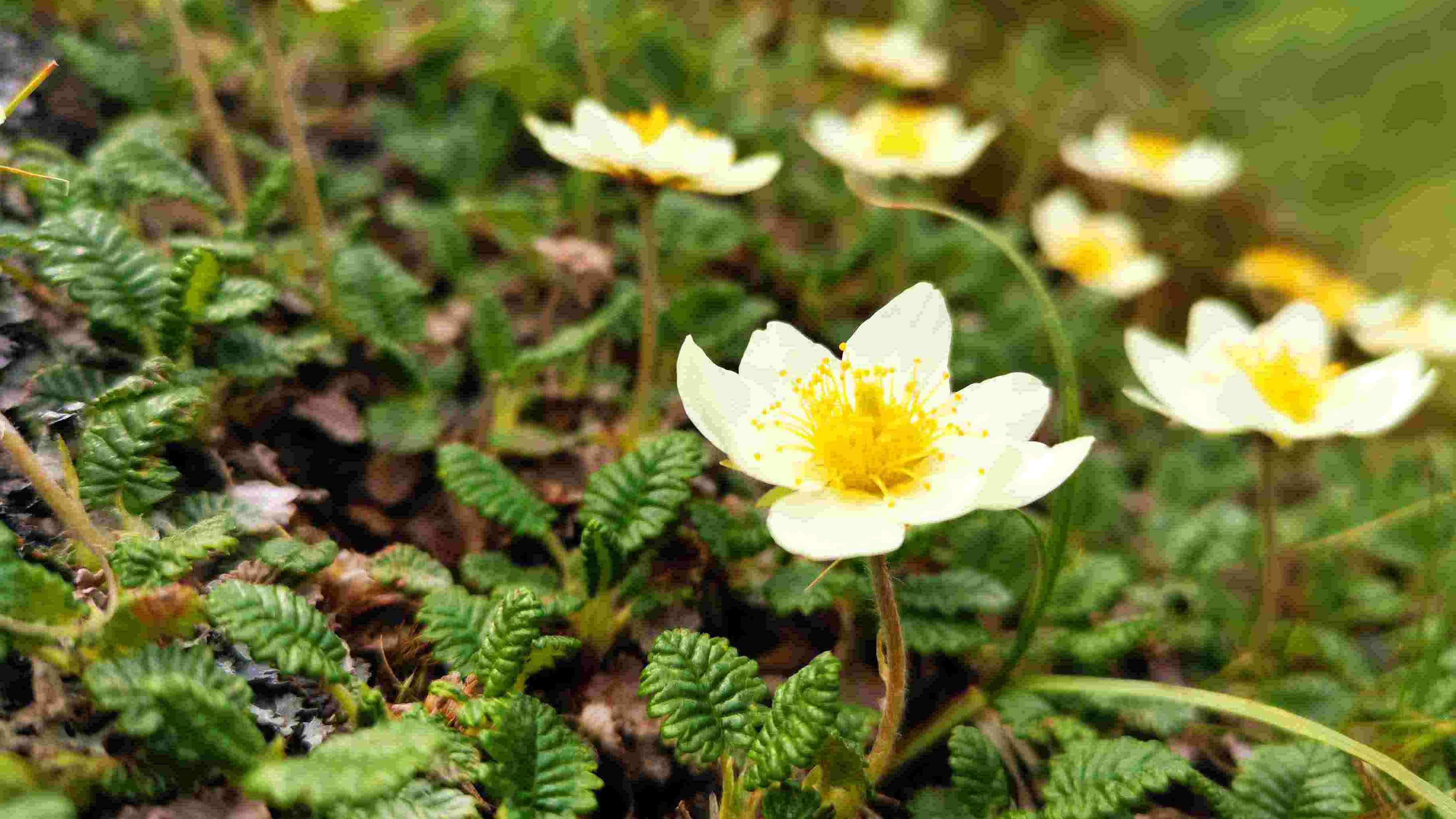
Small flowers of the Asia dryad. /CGTN Photo
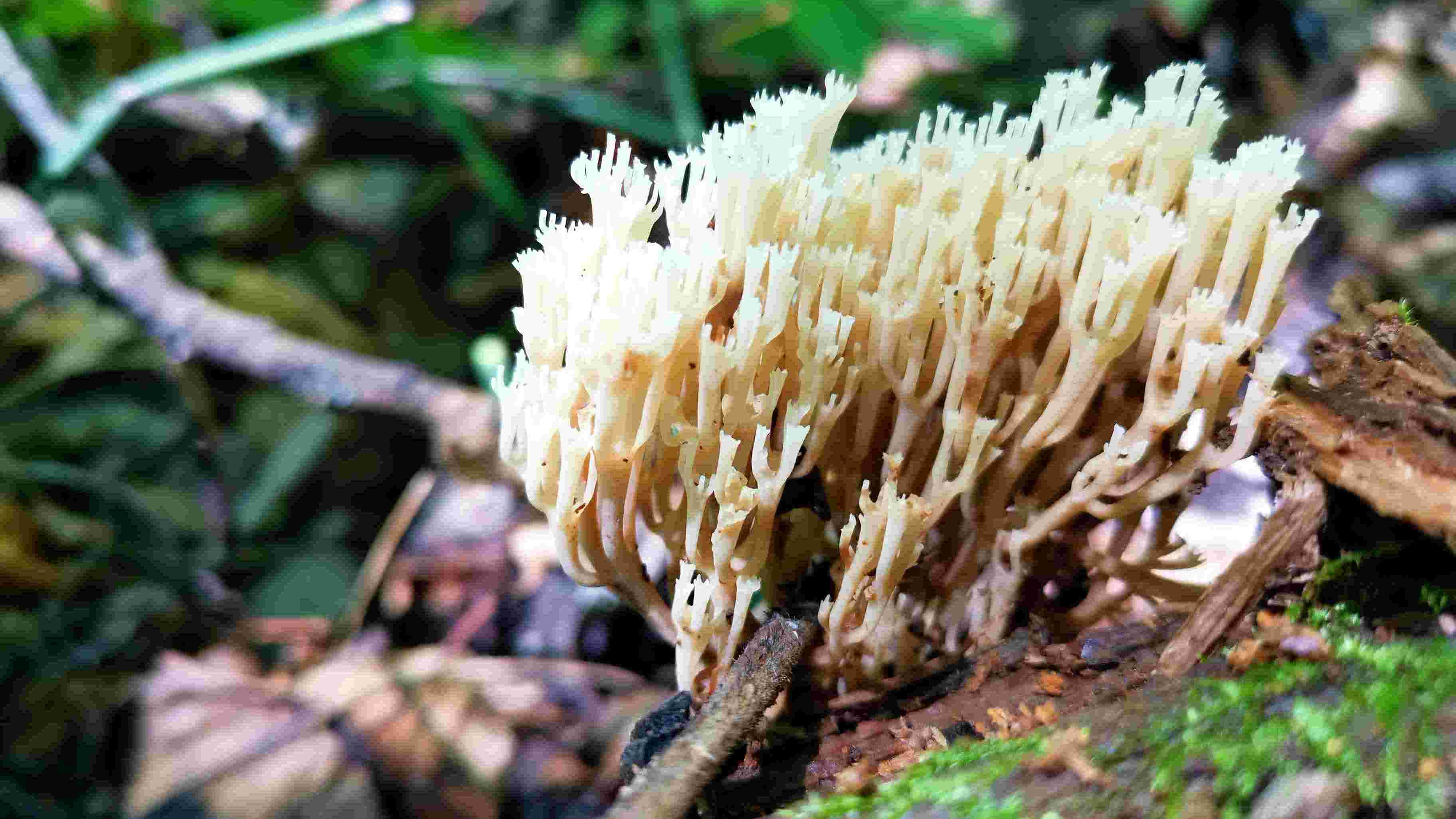
Coral fungi grow on rotten woods. /CGTN Photo
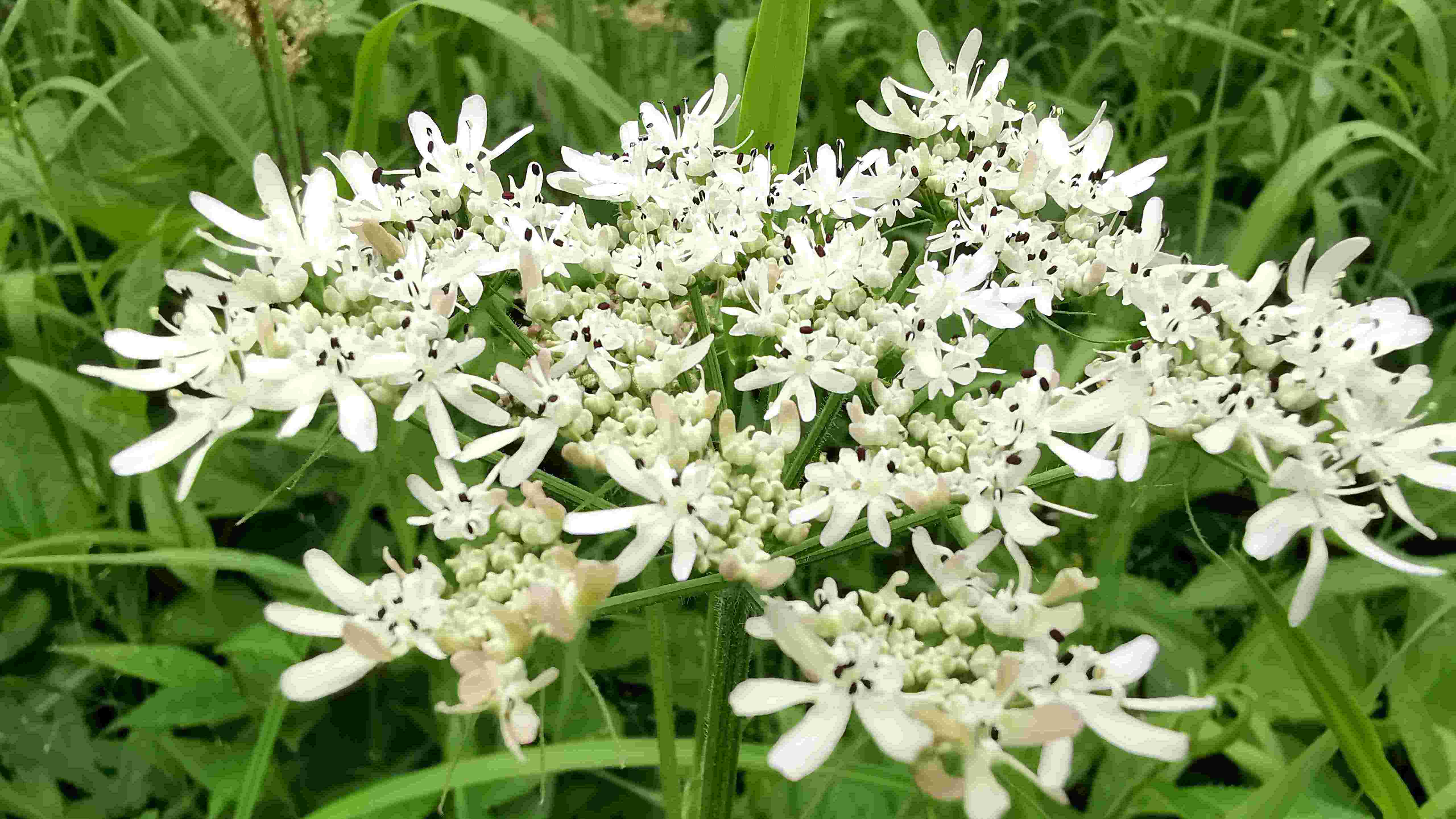
The white flowers of the shorthair cowparsnip. /CGTN Photo
High levels of ultraviolet radiation is the cause of surprisingly vibrant colors of the alpine plants here. The colors also help them to attract pollinators since there are fewer insects at high altitudes.
(Photos provided by CGTN Nature's filming crew at Changbai Mountains.)
(If you want to contribute and have specific expertise, please contact us at nature@cgtn.com)

Copyright © 2018 CGTN. Beijing ICP prepared NO.16065310-3
Copyright © 2018 CGTN. Beijing ICP prepared NO.16065310-3